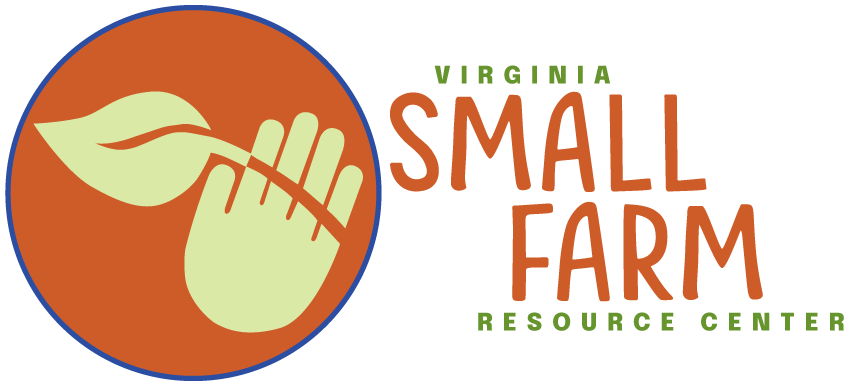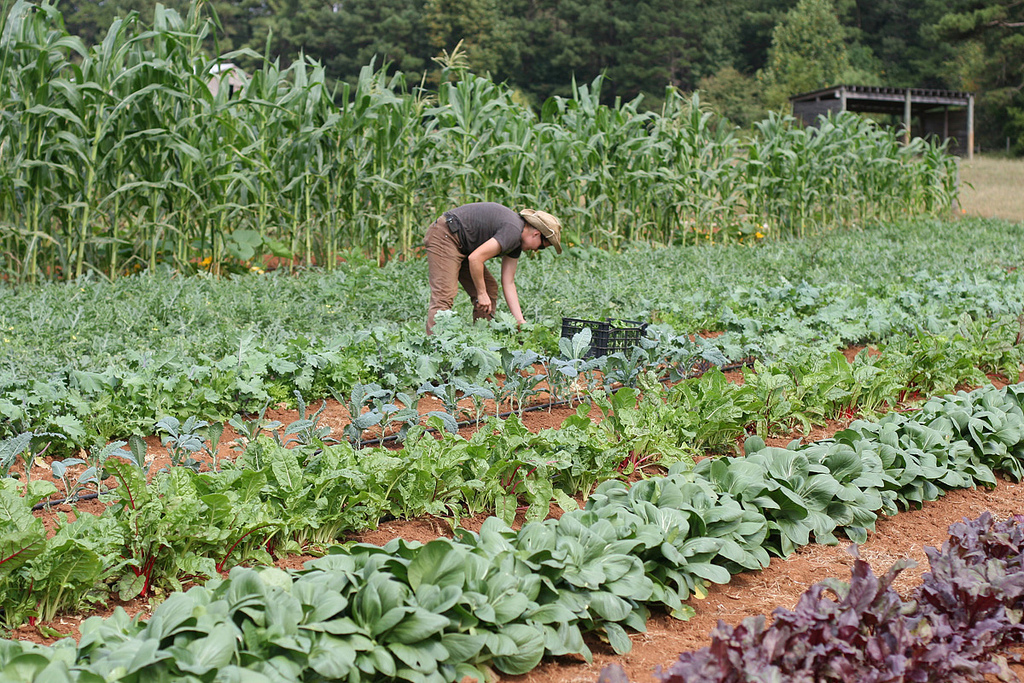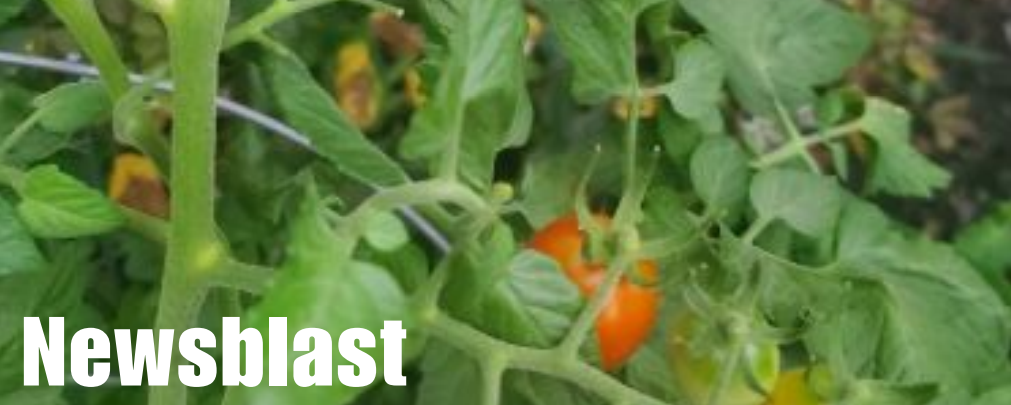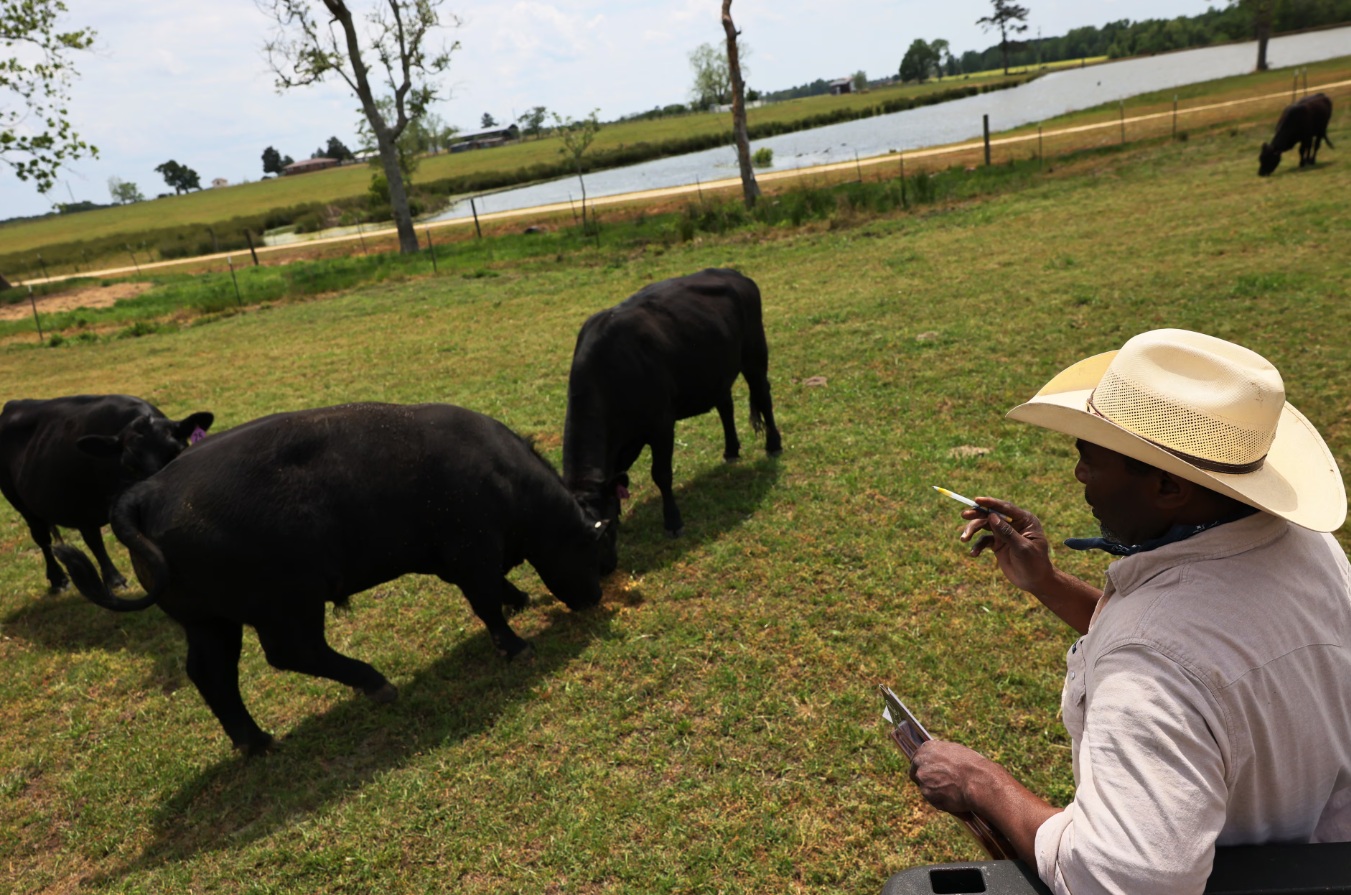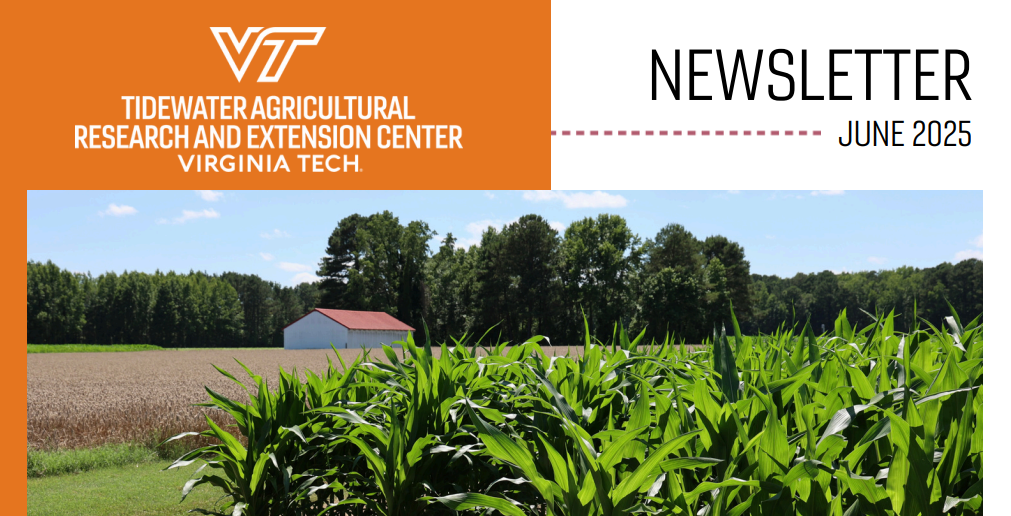By Leonel E. Castillo, SFOP state program assistant, Hispanic Outreach, and UAS-FAA certified drone pilot.
Aerial Imagery and Photogrammetry Tools in Agriculture
Drones designed for agricultural use can help small-scale farmers improve yields and lower operational costs. SFOP uses aerial photography, videos, 360 panoramic views and interactive maps processed by Drone Deploy to help farmers make decisions. The tools available on the processed maps assist in planning the layout of their fields, determining water movement and drainage needs and locating water sources for irrigation. The active maps assist to determine distance measurements, acreage calculations and elevation differences.
The processed interactive maps enable 3D views to assist in vertical and horizontal precision to view infrastructure, crops, wooded areas and topography. Other photogrammetry tools on the maps use RGB spectrometry to enable the interpretation of crop health issues, such as weed and insect outbreaks and field losses based on estimated plant counts.
Drones for Variable Rate Spot Applications
Farmers understand that boom sprayers and conventional aircraft cannot perform spot applications and that until now backpack sprayers were the only way to apply spot treatments. The use of spray drones to perform timely, variable-rate spot applications with precision is a turning point in crop-protection history. Now artificial intelligence is available to apply nutrients or insecticides, pesticides and herbicides to areas that are difficult to access by hand, tractor or conventional aircraft.
The use of spray drones for timely, low-volume spot applications in targeted treatment areas is environmentally friendly and reduces inputs and costs.
For more information about how drones could help your farm enterprise, contact
LCastillo@vsu.edu.
